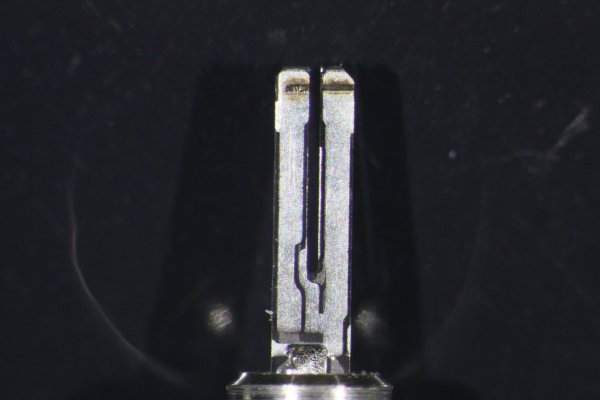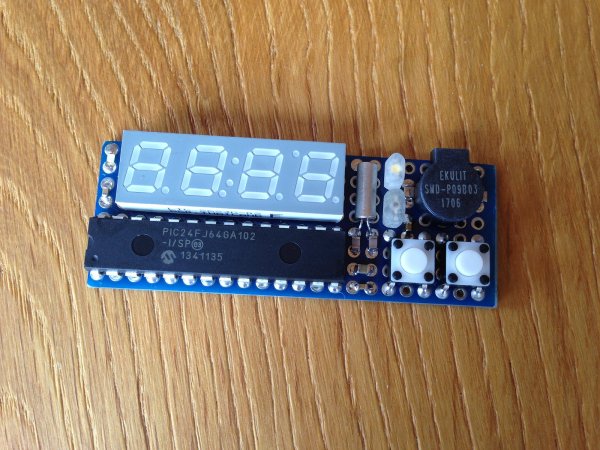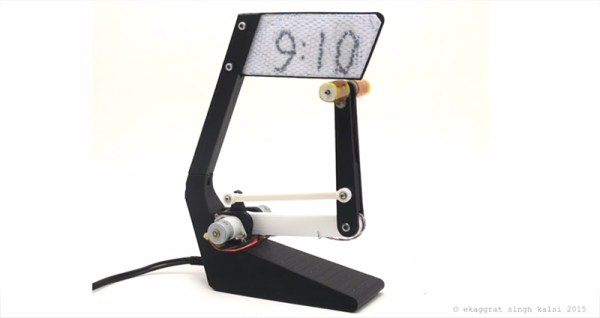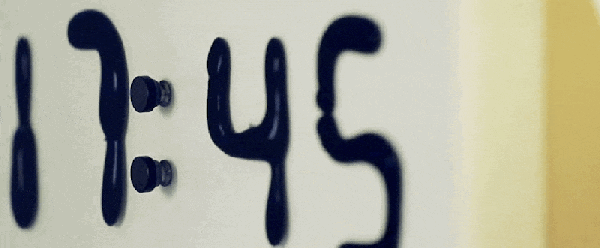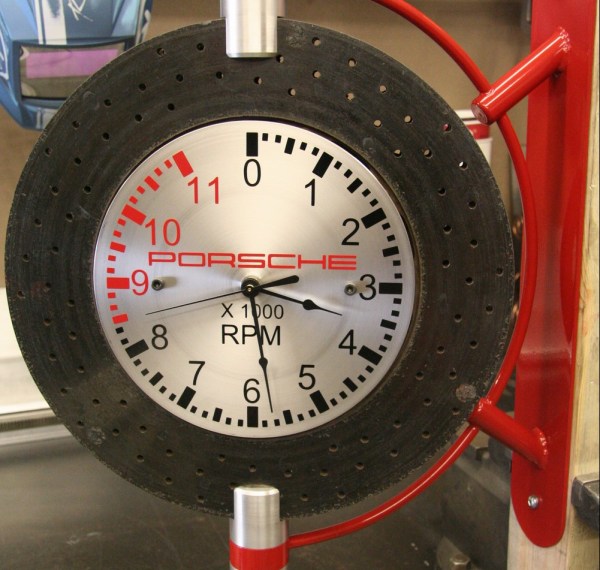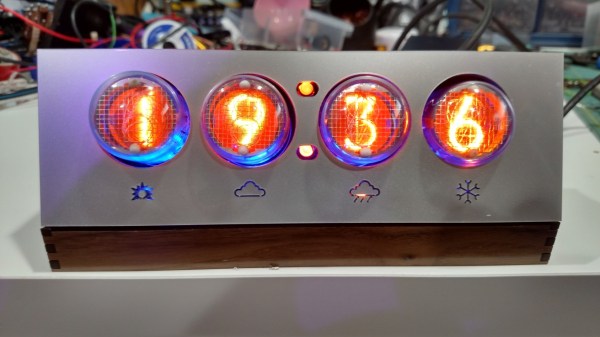Until the 1960s, watches and clocks of all kinds kept track of time with mechanical devices. Springs, pendulums, gears, oils, and a whole host of other components had to work together to keep accurate time. The invention of the crystal oscillator changed all of that, making watches and clocks not only cheaper, but (in general) far more accurate. It’s not quite as easy to see them in action, however, unless you’re [noq2] and you have a set of strobe lights.
[noq2] used a Rigol DG4062 function generator and a Cree power LED as a high-frequency strobe light to “slow down” the crystal oscillators from two watches. The first one he filmed was an Accutron “tuning fork” movement and the second one is a generic 32,768 Hz quartz resonator which is used in a large amount of watches. After removing the casings and powering the resonators up, [noq2] tuned in his strobe light setup to be able to film the vibrations of the oscillators.
It’s pretty interesting to see this in action. Usually a timekeeping element like this, whether in a watch or a RTC, is a “black box” of sorts that is easily taken for granted. Especially since these devices revolutionized the watchmaking industry (and a few other industries as well), it’s well worthwhile to take a look inside and see how they work. They’re used in more than just watches, too. Want to go down the rabbit hole on this topic? Check out the History of Oscillators. Continue reading “Strobe Light Slows Down Time”

